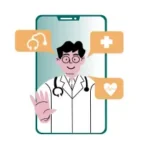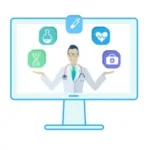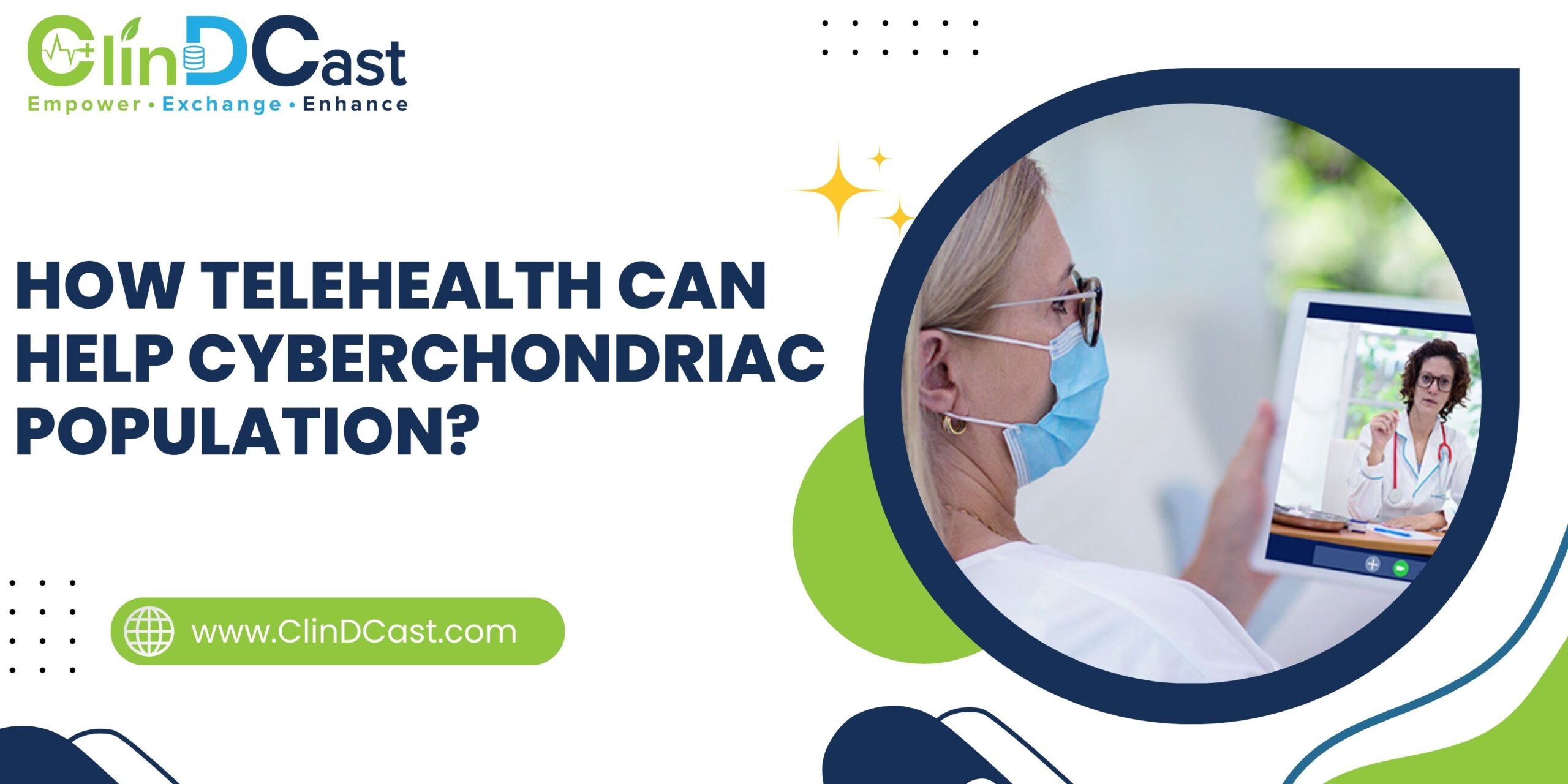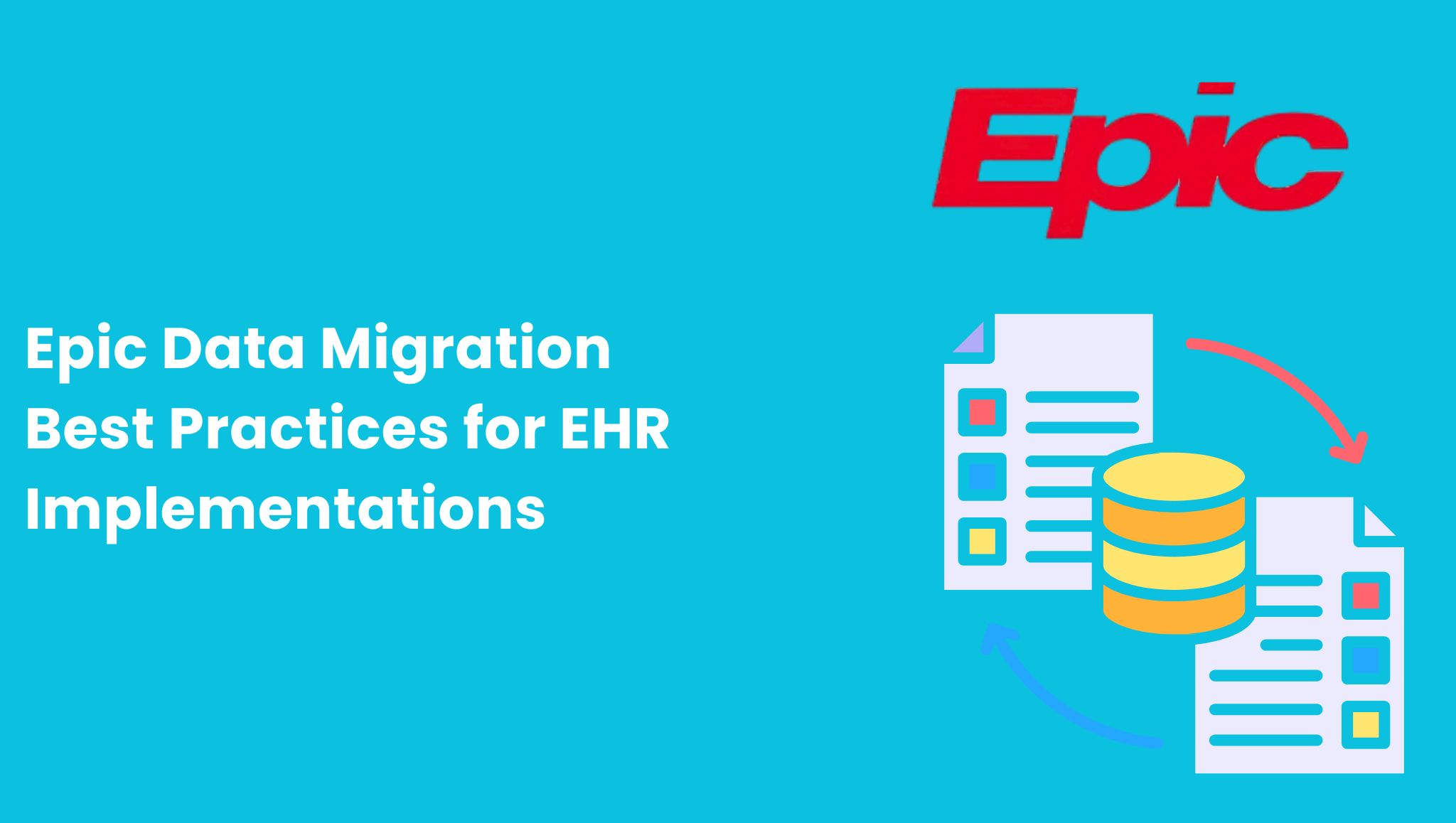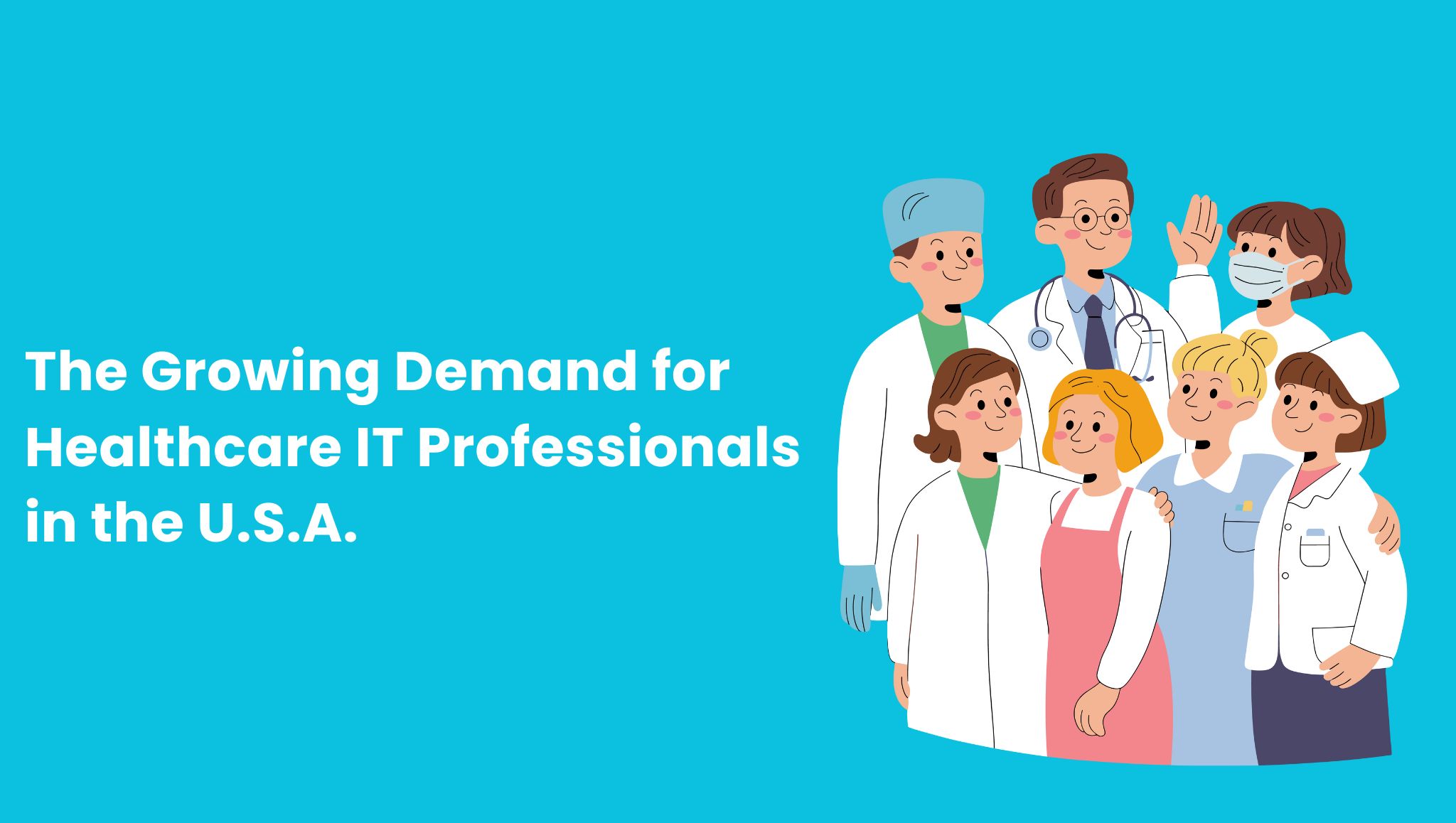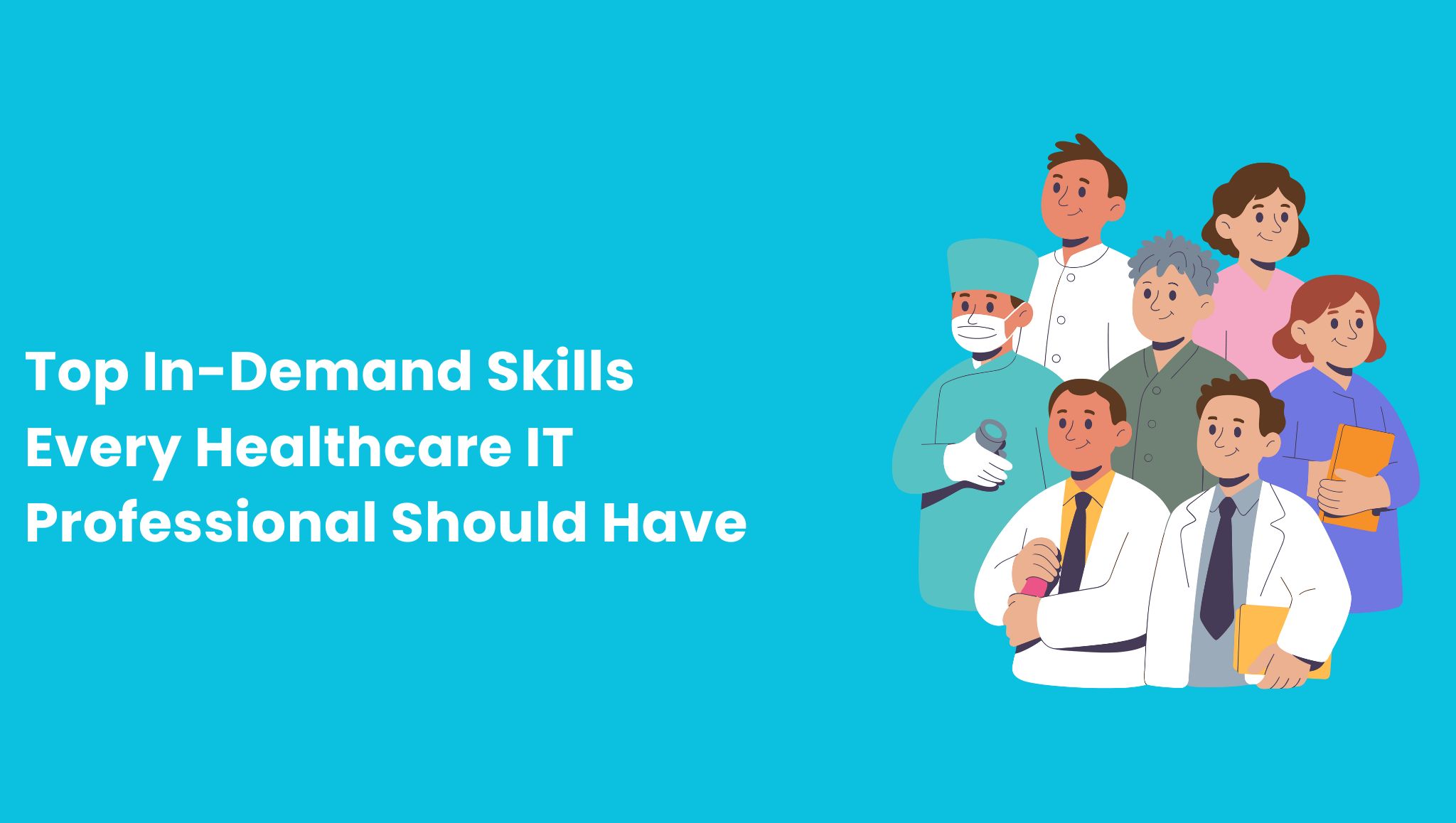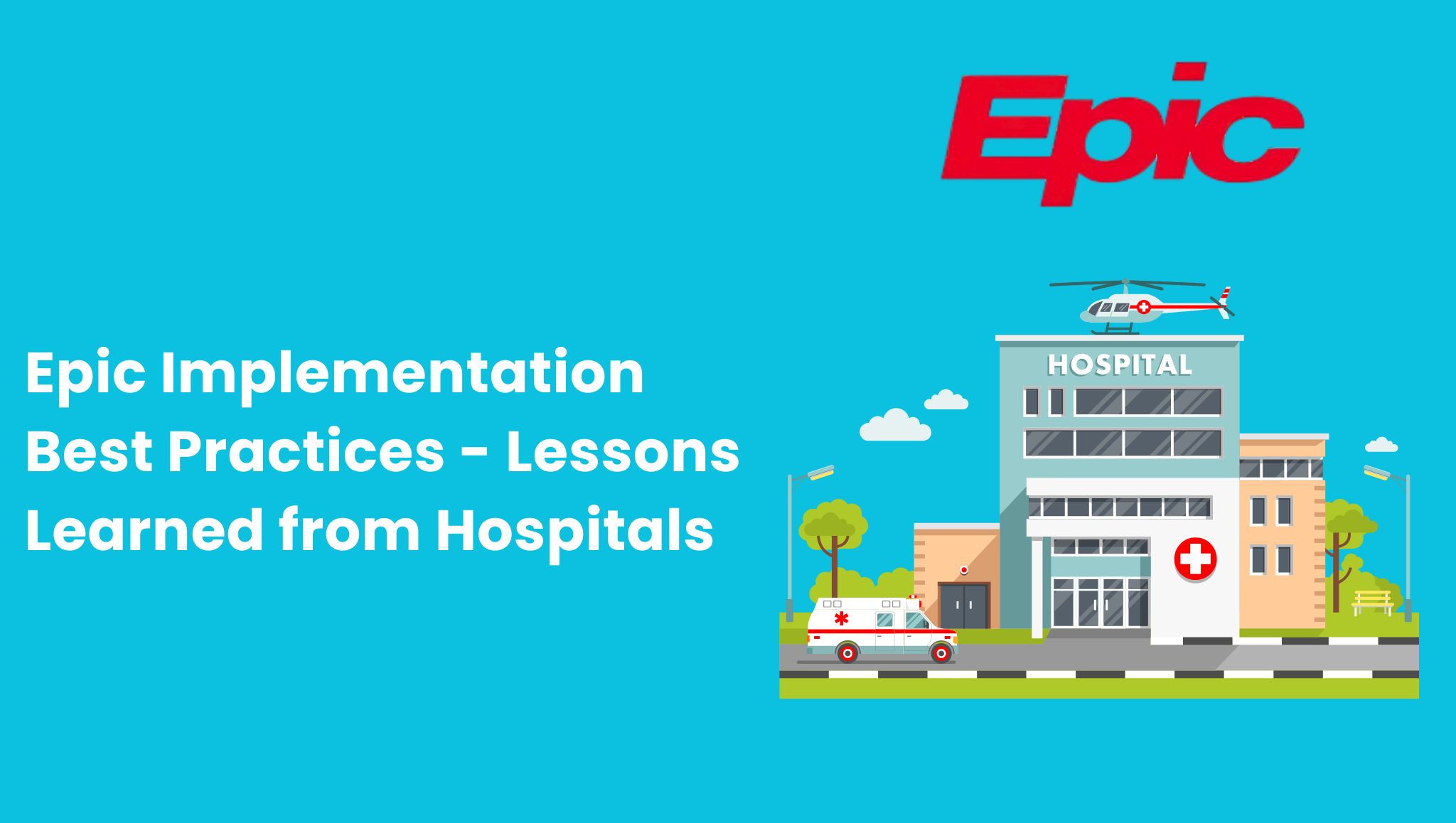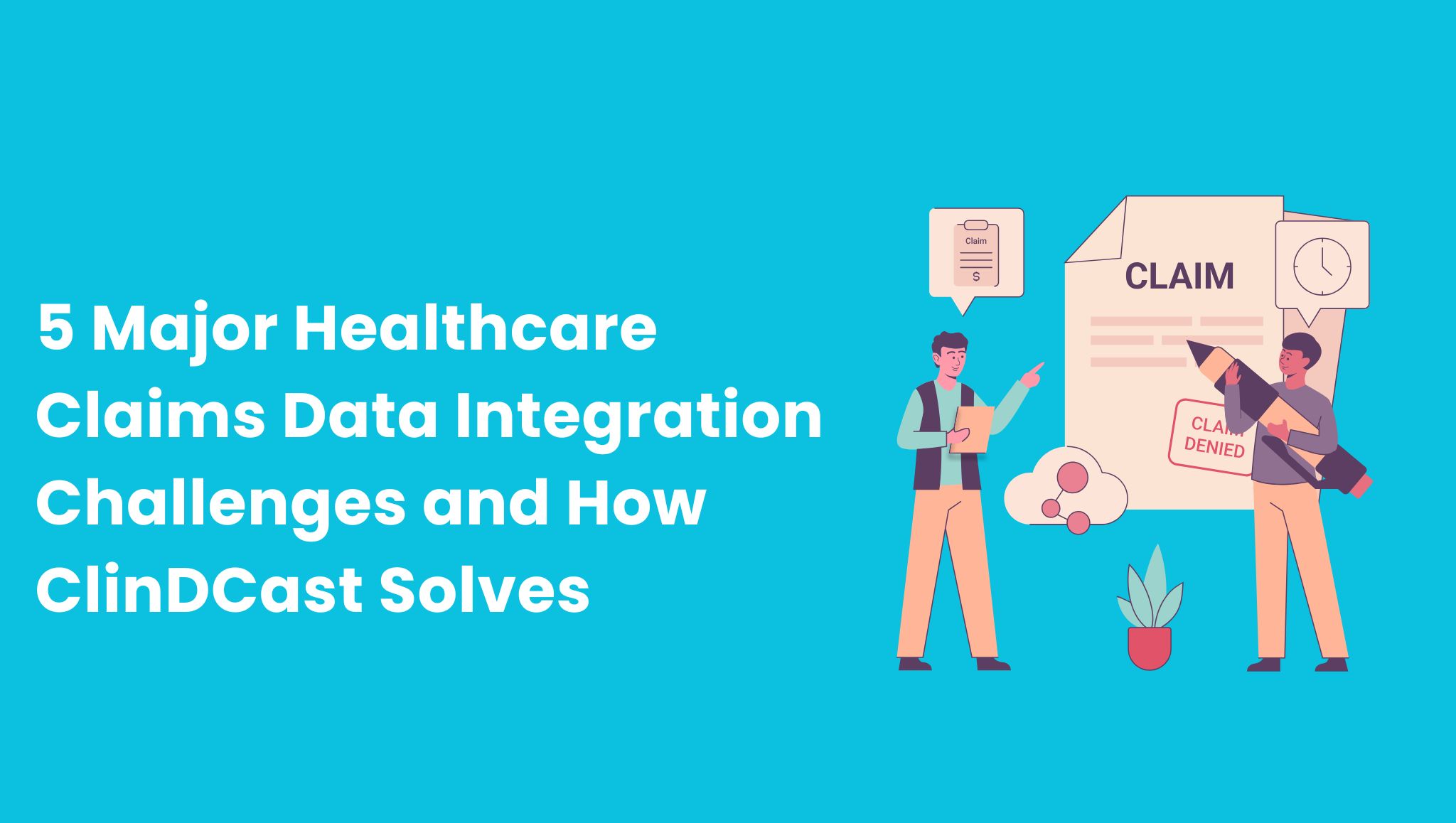
The year 2025 marks a groundbreaking era for digital healthcare, bringing remarkable innovations but also a wave of new Cybersecurity Threats in Healthcare in 2025. As hospitals, clinics, and emerging healthcare startups increasingly rely on tools like electronic health records (EHRs), smart medical devices connected through the Internet of Things (IoT), and AI-powered diagnostic systems, they’re unintentionally creating more opportunities for cyber threats to exploit.
Cybercriminals are zeroing in on the healthcare sector because of the incredibly sensitive and valuable information it holds. With a growing number of data breaches and a surge in ransomware attacks targeting hospitals, concerns are mounting among healthcare providers, patients, and regulators about the safety and privacy of medical data.
Why Is Healthcare a Prime Target for Cyberattacks?
A. High-Value Medical Records
Healthcare records hold a wealth of sensitive information—including personal details, medical histories, and financial data. On the dark web, these records are far more valuable than stolen credit card numbers, often fetching 10 to 20 times the price. Cybercriminals use them for a range of malicious activities, from identity theft and insurance fraud to blackmail.
B. EHR Vulnerabilities and Digital Transformation
As healthcare rapidly transitions to electronic health records (EHR) and cloud-based platforms, new vulnerabilities are coming to light. Misconfigured databases, legacy systems that haven’t been updated, and unencrypted patient data create easy entry points for cyber attackers.
C. Limited Cybersecurity Budgets in Hospitals
Smaller hospitals and rural clinics are especially vulnerable when it comes to cybersecurity. Without dedicated IT security staff or access to advanced infrastructure, these facilities often find themselves exposed to significant cybersecurity threats in the healthcare space.
Major Cybersecurity Threats in Healthcare in 2025
1. Ransomware Attacks on Healthcare Systems
Cybercriminals are increasingly hitting hospitals with ransomware attacks that freeze access to patient records and demand hefty ransoms. These assaults on healthcare systems are growing more advanced, often involving double extortion tactics—where hackers first steal sensitive data and then encrypt it, threatening to leak the information unless their demands are met. The consequences have been severe, with hospitals reporting delayed treatments, ICU closures, and even patient deaths linked to these ransomware incidents.
2. Phishing and Social Engineering in Healthcare
In 2025, phishing attacks have become far more sophisticated. Cybercriminals are now using AI to create highly personalized emails that closely resemble messages from internal staff or trusted vendors. These convincing emails deceive employees into revealing login credentials, giving attackers access to sensitive protected health information (PHI). At the same time, social engineering tactics are on the rise in hospitals, with hackers posing as IT support or vendors to manipulate staff and breach security systems.
3. IoT Medical Device Exploits
Today’s hospitals depend heavily on internet-connected medical devices—like pacemakers, infusion pumps, and remote monitoring systems—to deliver patient care. But many of these devices lack built-in security features, leaving them wide open to cyberattacks. These IoT weaknesses in healthcare not only put individual devices at risk but can also serve as entry points for hackers to infiltrate larger hospital networks.
4. Insider Threats and Employee Negligence
Not all security breaches originate from external hackers. Insider threats in healthcare—whether intentional or accidental—pose a significant risk. Lost or stolen devices, careless data sharing, or disgruntled employees leaking sensitive information can all result in major HIPAA violations and costly regulatory penalties.
5. Third-Party Vendor Risks
Not every data breach originates from the outside—insider threats are a major concern in healthcare. Whether it’s a lost or stolen device, careless data sharing, or a disgruntled employee intentionally leaking sensitive information, these internal risks can lead to serious HIPAA violations and costly regulatory fines.
At the same time, hospitals increasingly rely on third-party vendors, including billing services, software providers, and cloud platforms. A single breach in one of these vendors can ripple across multiple healthcare networks. Supply chain attacks are becoming a growing threat, especially when partners don’t have strong cybersecurity measures in place.
6. Cloud Misconfigurations and EHR Breaches
As more healthcare organizations move to the cloud, the risks grow alongside the benefits. Misconfigured access settings, weak passwords, and a lack of proper data encryption can leave cloud platforms dangerously exposed. Just one security lapse can trigger a massive electronic health record (EHR) breach, compromising thousands of patient records in a matter of minutes.
7. AI and Algorithmic Manipulation
AI tools are now deeply embedded in healthcare, helping with everything from diagnostics and staffing to managing inventory and forecasting patient outcomes. But if these systems are manipulated, the consequences can be severe—leading to misdiagnoses, incorrect treatment plans, or widespread system failures. This growing threat doesn’t just impact clinical care; it also risks eroding trust in the entire healthcare operation.
The Real-World Impact of Cybersecurity Threats in Healthcare
a) Patient Safety Risks: Attacks can delay surgeries, shut down ERs, and jeopardize critical care
b) Legal & Regulatory Consequences: HIPAA penalties and patient lawsuits can cost millions
c) Reputation Damage: Patients may lose trust in organizations that can’t safeguard their data
d) Financial Loss: The average cost of a healthcare breach is among the highest across industries
How Healthcare Organizations Can Respond in 2025
a) Adopt Zero Trust Security Models
Operate under the assumption that no user—internal or external—should be automatically trusted. Strengthen your security posture with multi-factor authentication and enforce strict access controls to protect sensitive systems and data.
b) Invest in Cybersecurity Awareness Training
Train staff regularly on phishing, data handling, and device usage policies.
c) Strengthen Endpoint and IoT Security
Use tools that monitor and manage all endpoints, including medical devices.
d) Vet Third-Party Vendors Thoroughly
Conduct security audits of partners and require compliance with NIST and HIPAA standards.
e) Regular Penetration Testing & Risk Assessments
Simulate attacks and fix vulnerabilities before real hackers exploit them.
f) Incident Response Plans
Have detailed protocols for breach detection, response, and recovery to reduce downtime.
Conclusion
In 2025, cybersecurity threats facing healthcare are more advanced, more destructive, and more costly than ever. From ransomware paralyzing hospital systems to AI manipulation undermining diagnostics, the dangers go far beyond data theft—they put lives at risk, disrupt critical operations, and shake public confidence.
To stay ahead, healthcare organizations must see cybersecurity as essential to both patient safety and operational strength. By proactively investing in strong defenses and staying alert to emerging threats, they can create secure, future-ready systems that safeguard not only sensitive data but also human dignity.










